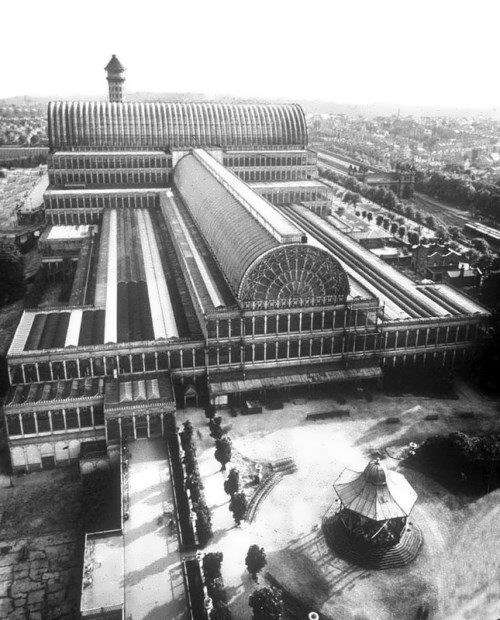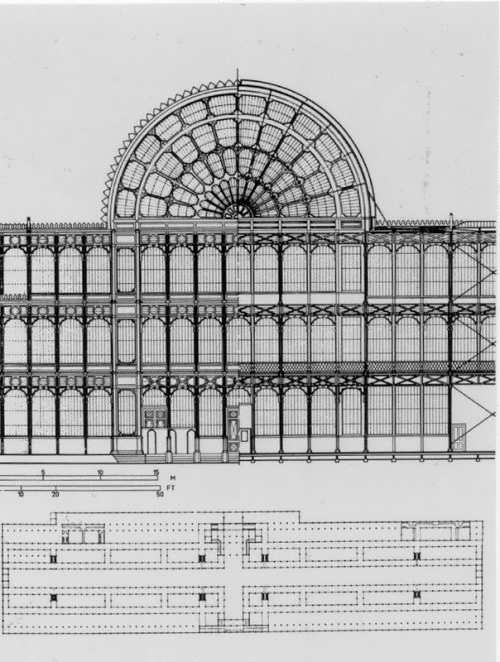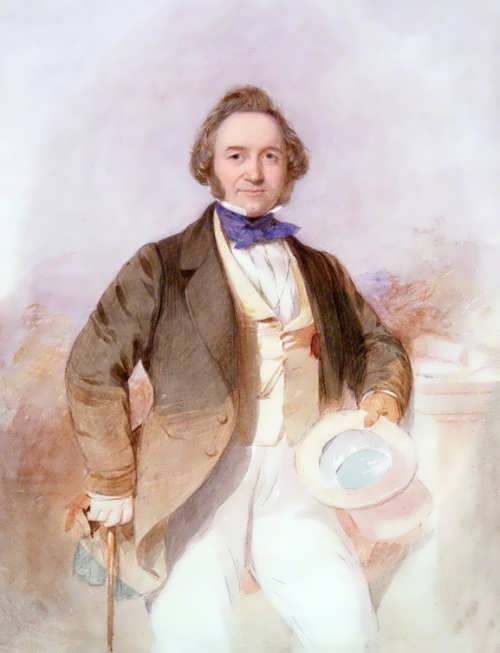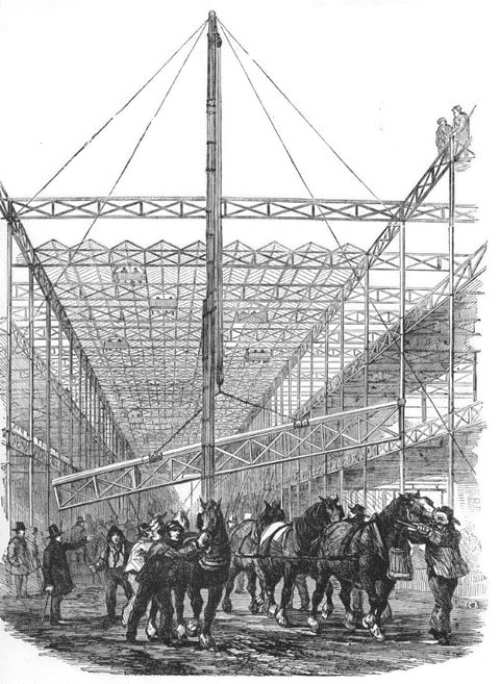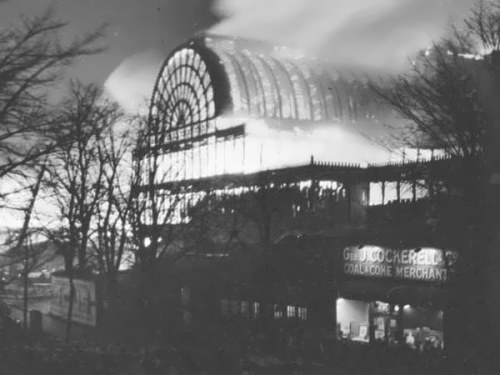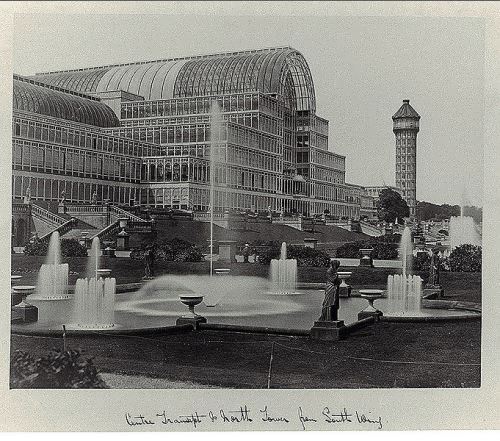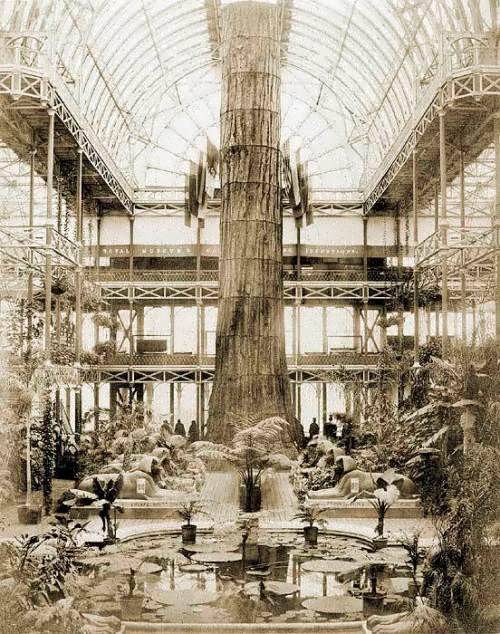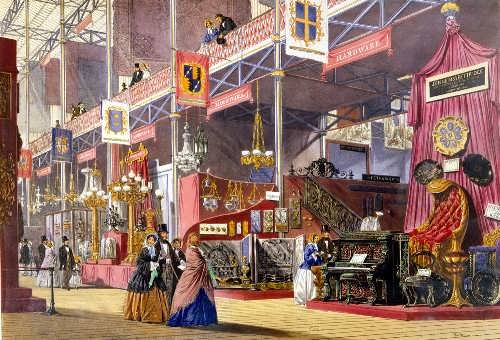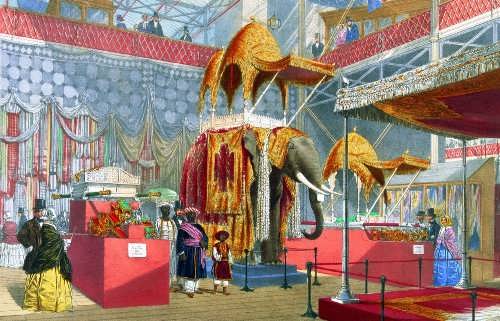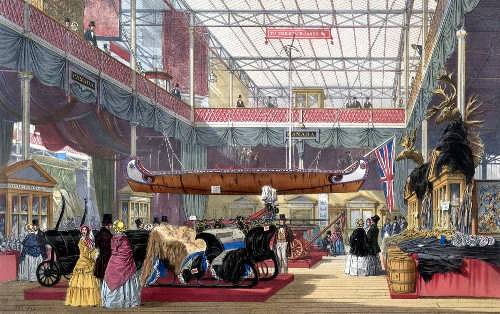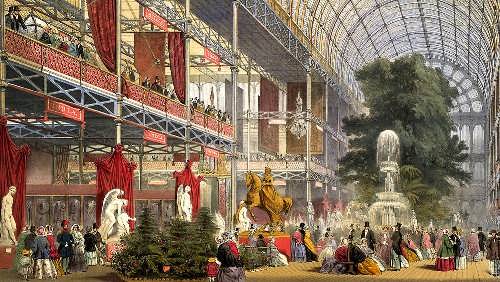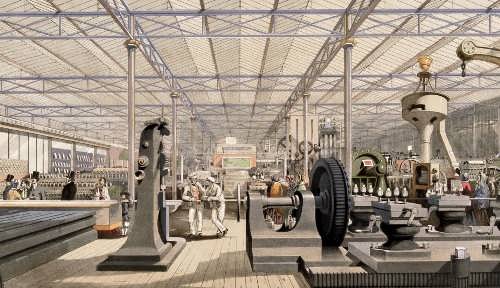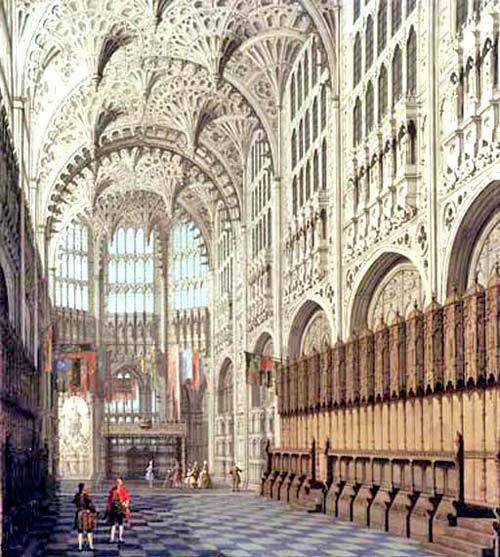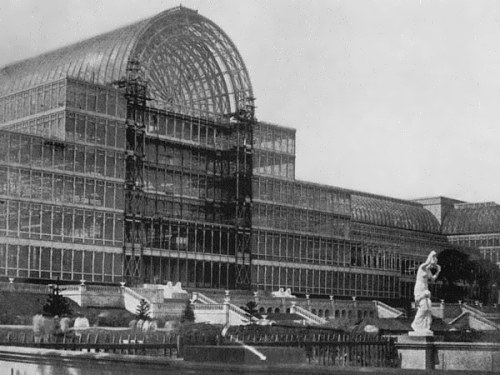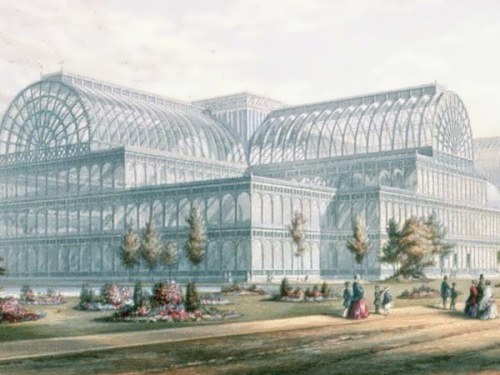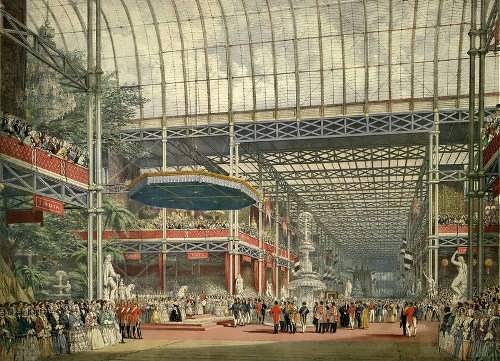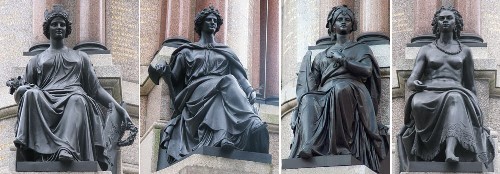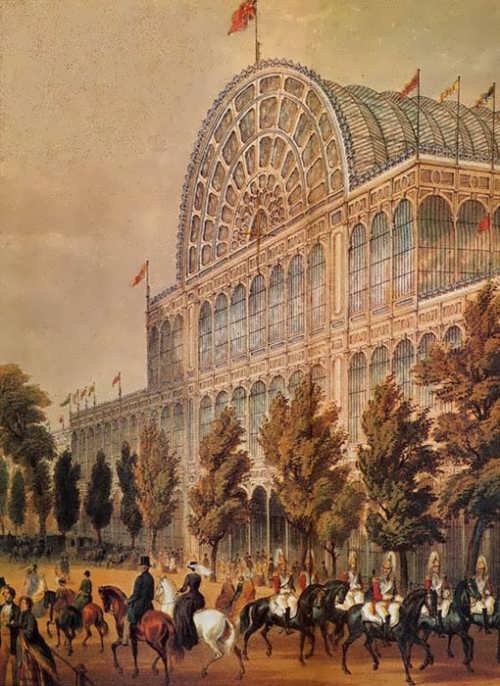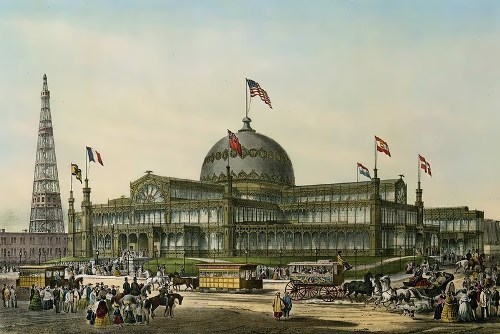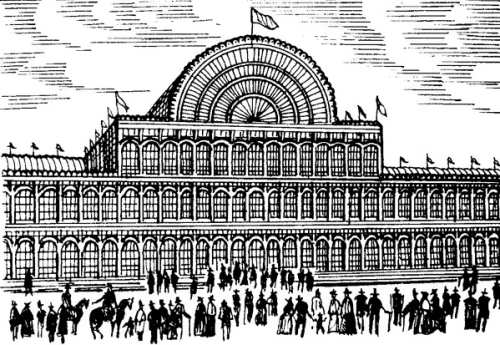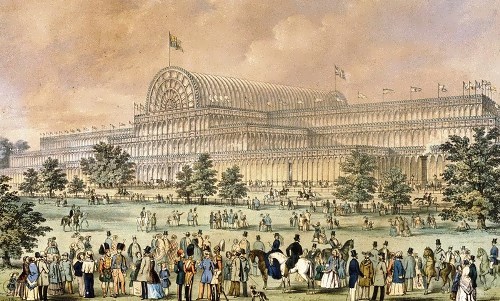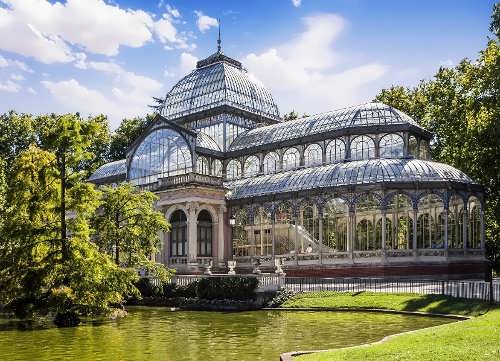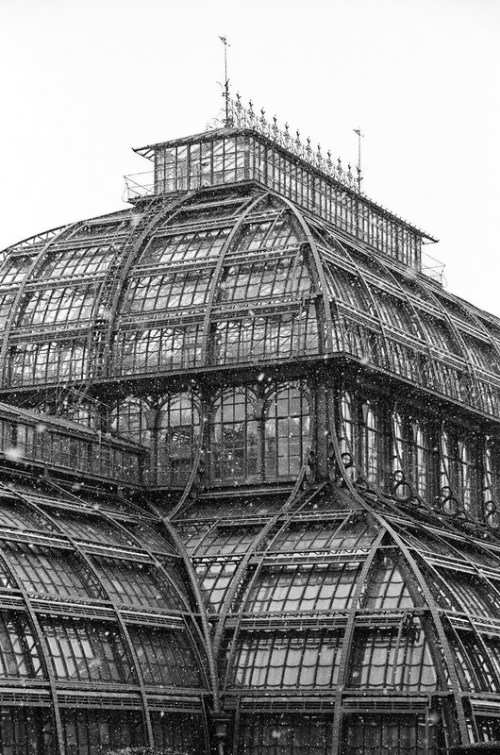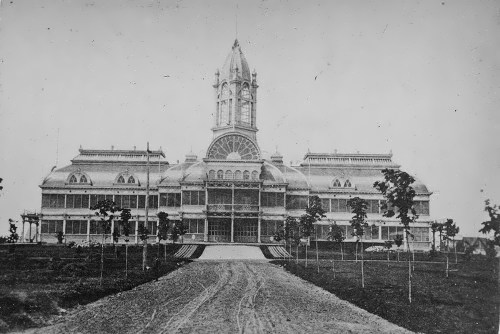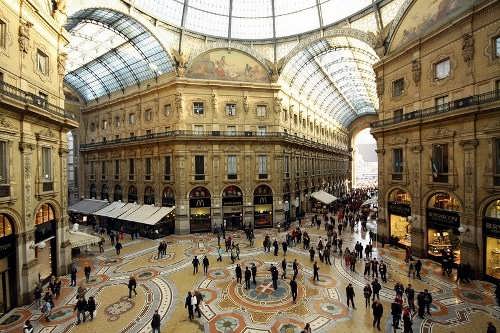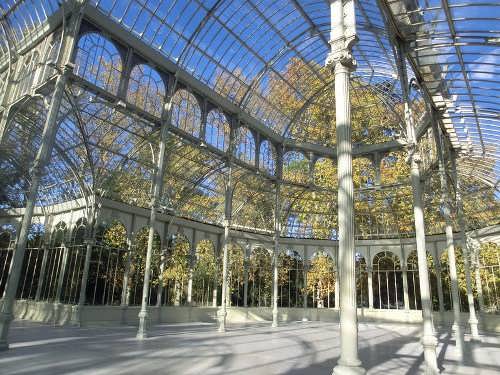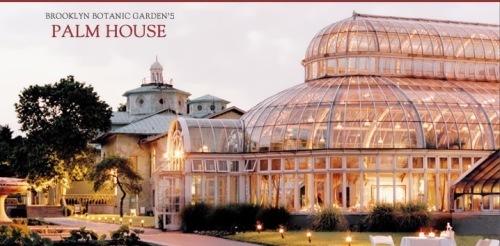Crystal Palace – amazing construction
The most magnificent building of the XIX century was built in London’s Hyde Park on an area of 7.7 hectares for the first World Exhibition in 1851. It was made of glass and iron. The admired inhabitants of London called it the Crystal Palace. The length of the palace was 563 m, width – 125 m, height – about 40 m. It was built in a record short time – 7 months.
The idea of organizing the first World Exhibition for the purpose of unifying humanity belonged to Queen Victoria’s husband, the ambitious Prince Albert, President of the Royal Society of Arts. According to Prince Albert, such exhibitions in the future should demonstrate the achievements of each country and promote rapprochement and understanding of peoples.
In 1850, a project competition was announced. The Royal Commission for the organization of the World Exhibition received 245 projects from famous architects. One of them supposed to build a giant tower of 16 million bricks, comparing it to Babylon Tower. The other offered to build the enlarged Buckingham Palace. But the projects did not receive approval.
In the midst of disputes, the commission received drawings of a strange glass building. Its author was an unknown fifty-year-old Joseph Paxton. He offered an unusual transparent building. Members of the royal commission were stunned by the boldness of the idea, unprecedented scale and convincing calculations. Joseph Paxton was not a professional architect. He did not build any building. He was a gardener and knew how to build greenhouses for his flowers. He had a great experience as a landscape designer.
Great Britain, which wanted to prove its engineering superiority to the whole world, needed a sensation. That is why the Royal Commission adopted the project of Paxton. The total cost of the project was 150 thousand pounds.
By the opening of the exhibition the main building, covering an area of 100 thousand square meters, was completed. Queen Victoria was very pleased.
The exhibition was a tremendous success. Six million visitors were in admiration not so much from the exhibits as from the building itself. Paxton hoped that after the exhibition, the glass creation would remain in Hyde Park. But the parliament decided to dismantle the building.
Paxton announced a campaign to save his creation and managed to raise 500 thousand pounds. He purchased a free site in the Sydenham Park in south London. He rebuilt his Crystal Palace and it became even more majestic and more beautiful. Orchestral concerts, exhibitions of greenhouse plants and flowers, were held there.
Paxton died in 1865. Unfortunately his creation has not survived to our days. In 1936, the palace was destroyed by fire. The area of London where the palace was located is still called the Crystal Palace and the football team has the same name.
The Crystal Palace inspired architects all over the world. In 1852, similar Crystal Palace was built in New York. It was burned down in 1858. The loss of the building and property in it was estimated at 350 thousand dollars.
